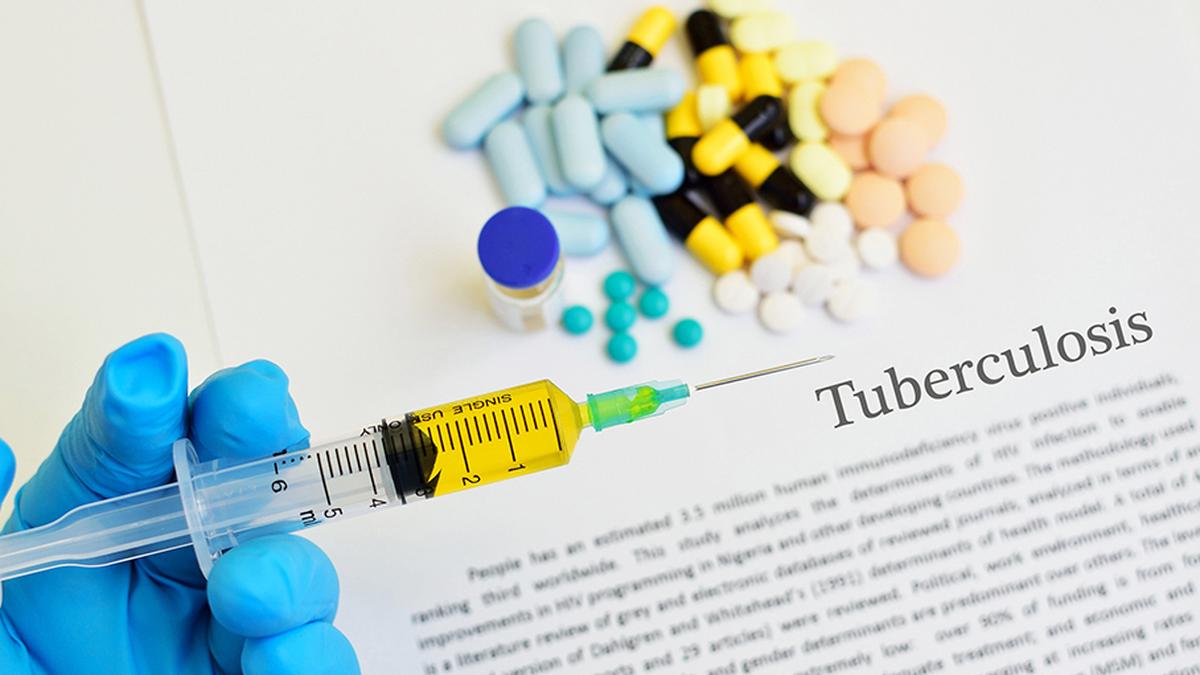Representational image. File
| Photo Credit: Getty Images
Tamil Nadu is now revisiting its tuberculosis (TB) diagnostic algorithm to focus on the “known clinically vulnerable population”, and offer them upfront screening using chest X-rays, in view of the challenges posed by asymptomatic TB.
Going ahead, the State is planning to conduct extensive capacity-building exercises, including new diagnostic algorithms for staff members of Primary Health Centres (PHCs) and Health Sub-Centres (HSCs) this year.
Last year, 93,301 TB cases were notified across Tamil Nadu — 63,045 by the public sector and 30,256 by the private sector. Of these, Chennai accounted for 14,750 cases — 4,436 in Central Chennai; 5,431 in East Chennai; 1,521 in North Chennai; 1,010 in South Chennai; and 2,352 in West Chennai.

More than 90,000 TB cases were notified during the previous two years as well — 92,515 in 2022 and 95,801 in 2023.
The problem of asymptomatic TB
“After the TB prevalence survey found 36% of the cases to be asymptomatic TB, we are now relooking the diagnostic algorithm. It is a challenge to detect asymptomatic TB. While the contacts of patients with TB come under our purview, we are now focusing on the known clinically vulnerable population. We will offer them upfront screening using chest X-rays,” said Asha Frederick, State TB Officer.
The cross-sectional survey, which was taken up by the National Institute for Research in Tuberculosis during 2021-2022, screened 1,30,932 persons across Tamil Nadu.
The known clinically vulnerable population would include patients with known diabetes mellitus, persons living with HIV/AIDS, patients on long-term immunosuppressive treatment and those with certain occupational health conditions such as silicosis, she explained.
“Subclinical (asymptomatic) TB is a significant challenge. There are no typical symptoms of TB such as cough with sputum. So, if a person (of the clinically vulnerable group) with a cough of any duration walks in, we have told government hospitals to take a chest X-ray, irrespective of the duration of cough, and not to wait for it to develop,” Dr. Asha Frederick said.
She said the aim was to take at least one X-ray of each person belonging to the vulnerable population. Through the State’s Makkalai Thedi Maruthuvam, the line list of patients diagnosed with diabetes is available, she said, adding: “We have told our staff to concentrate on those with diabetes. They visit a GH/PHC for follow-up and blood tests. When they come for follow-ups, nurses working in the non-communicable diseases wing have been told to ask them if they have had a fever and cold.”
Capacity-building exercises
This year, the Health Department is also planning to take up extensive capacity-building exercises on TB elimination activities for staff members of PHCs and HSCs. This would include new diagnostic algorithms, comprehensive screening for TB among known clinically vulnerable groups, TB preventive measures — both airborne infection control methods applications for patients and cough hygiene for household contacts of patients diagnosed with TB, she said.
The department is looking to strengthen infrastructure for TB diagnosis. “We are planning to invest in digital X-rays at the PHC-level,” she added.
Published – February 23, 2025 12:36 am IST
